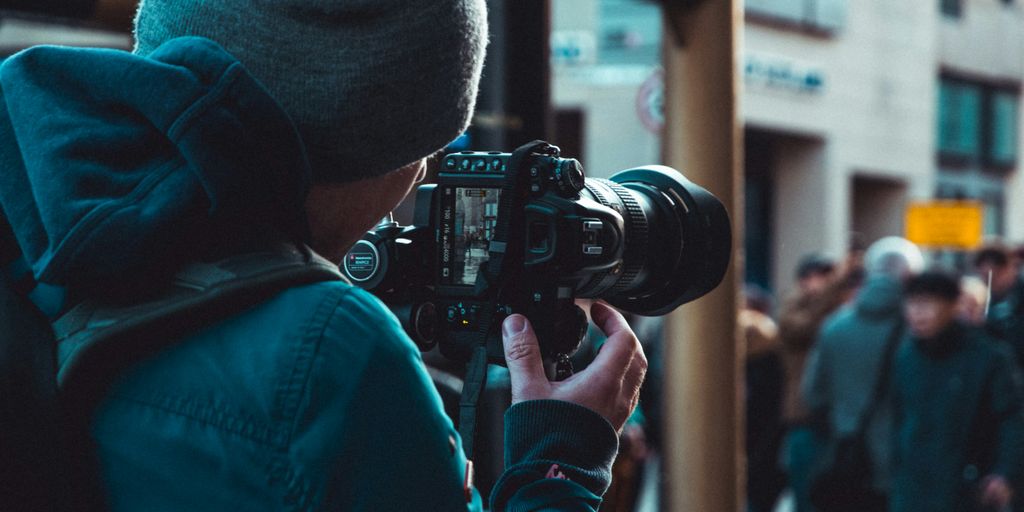
Photography is a blend of art and science, and mastering it requires both technical knowledge and creative vision. Whether you’re a beginner or looking to refine your skills, this guide will provide essential tips and techniques to help you capture stunning images. By understanding your camera, mastering composition, using light to your advantage, working with different lenses, utilizing color theory, and applying creative editing techniques, you can elevate your photography to the next level.
Key Takeaways
- Understand the basic settings and modes of your camera to maximize its potential.
- Master composition techniques like the rule of thirds, leading lines, and symmetry to create visually appealing photos.
- Learn to use natural and artificial light to enhance your images, including shooting during the golden hour.
- Experiment with different lenses and focal lengths to find the best fit for your photography style.
- Utilize color theory to create mood and harmony in your photos, and apply creative editing techniques to enhance your final images.
Understanding the Basics of Your Camera
Understanding the basics of your camera is crucial for capturing stunning photos. Familiarize yourself with your camera’s settings and modes to take full control of your shots. This will help you adapt to various shooting conditions and achieve the desired effects.
Mastering Composition in Photography

Mastering composition in photography is an essential aspect of creating stunning images. The rule of thirds, framing, leading lines, symmetry, and negative space are the fundamental techniques that will help you create visually appealing photographs. Remember, these techniques are not rules; they are guidelines that will help you create your unique style.
Using Light to Your Advantage
Photography is all about capturing the perfect moment, in the perfect light. Using light to your advantage is an essential part of photography, which can make or break your images. Light can be used as a tool to create depth, shape, and contrast in your images. Photographers have been using different techniques to manipulate light for decades, and the results can be stunning.
Working with Different Lenses and Focal Lengths
[Working with different lenses and focal lengths](https://shine-magazine.com/category/fashion-and-style/beauty-and-makeup/) is essential to photography. Understanding the impact of focal length on perspective, depth of field, and compression can help create visually compelling images. Choosing the right lens for the job is just as important as choosing the right camera. By experimenting with different lenses and focal lengths, photographers can create unique and captivating images.
Utilizing Color Theory in Your Photos
Color theory is one of the most important aspects of photography, as it has a profound impact on the overall mood and tone of your images. Whether you are a professional photographer or just starting out, understanding how to use color theory effectively can help you capture stunning images that convey your message and tell a story. By utilizing color theory in your photos, you can create images that are visually striking, emotionally engaging, and truly memorable.
There are many different ways to use color theory in your photos, and it all depends on the effect you are trying to achieve. Here are some tips to help you get started:
By utilizing these tips and experimenting with different color combinations, you can create stunning images that truly stand out. Whether you are a professional photographer or just starting out, understanding how to use color theory effectively can help you take your photography to the next level.
Creative Editing Techniques
[Creative editing techniques](https://www.zekagraphic.com/photoshoot-ideas-and-editing-techniques-you-should-try/) can transform an ordinary image into a work of art. These are just a few of the many editing techniques available, and mastering them can take your photography to the next level. It is essential to remember that editing should enhance the image and not make it look unrealistic. Practice and experimentation are key to developing your editing skills.
Tips for Shooting in Different Weather Conditions
Sunny Days
Bright sunlight can be both a blessing and a challenge. Use a lower ISO to avoid overexposure and consider using a polarizing filter to reduce glare. Don’t forget to bring a lens hood to prevent lens flare.
Rainy and Overcast Conditions
Rainy days offer a unique opportunity to capture moody and dramatic shots. Use a higher ISO to compensate for the lack of light and consider using a waterproof cover for your camera. Overcast skies act as a natural diffuser, providing soft, even lighting.
Snow and Ice Photography
Snowy landscapes can be breathtaking but tricky to shoot. Increase your exposure to avoid underexposed images due to the bright snow. Use a tripod for stability and consider wearing gloves to keep your hands warm while shooting.
Always check the weather forecast before you head out to shoot. This will help you prepare for any weather conditions you may encounter, and ensure that you have the right gear and accessories on hand.
Conclusion
Mastering photography is a journey that combines technical skills with creative vision. By understanding the basics of your camera, mastering composition, utilizing light effectively, and experimenting with different lenses and editing techniques, you can elevate your photography to new heights. Remember, the key to stunning photos lies in continuous learning and practice. So, keep exploring, stay curious, and let your unique style shine through every shot. Happy photographing!
Frequently Asked Questions
What is the best camera setting for beginners?
For beginners, it is recommended to start with the auto mode or the program mode (P) on your camera. These settings allow the camera to handle most of the technical details, letting you focus on composition and learning the basics.
How important is the rule of thirds in photography?
The rule of thirds is a fundamental guideline in photography that helps create balanced and visually appealing images. By dividing your frame into nine equal parts and placing key elements along these lines or their intersections, you can enhance the overall composition of your photo.
What is the golden hour in photography?
The golden hour is the period shortly after sunrise and before sunset when the light is soft, warm, and diffused. This time of day is ideal for photography as it creates flattering shadows and enhances the colors in your photos.
Should I use natural light or artificial light for my photos?
Both natural and artificial light have their advantages. Natural light is free and can create beautiful, soft images, especially during the golden hour. Artificial light, such as studio lights, allows for more control over the lighting conditions and can be used to create specific effects.
What is the difference between prime and zoom lenses?
Prime lenses have a fixed focal length and are known for their sharpness and wide apertures, making them great for low-light conditions and creating a shallow depth of field. Zoom lenses, on the other hand, offer a range of focal lengths in one lens, providing versatility for different types of shots.
How can I maintain a natural look while editing photos?
To maintain a natural look while editing, avoid over-processing your images. Use subtle adjustments to enhance colors, contrast, and sharpness without making the photo look unrealistic. It’s also helpful to regularly compare your edited photo with the original to ensure you are not straying too far from the natural appearance.






